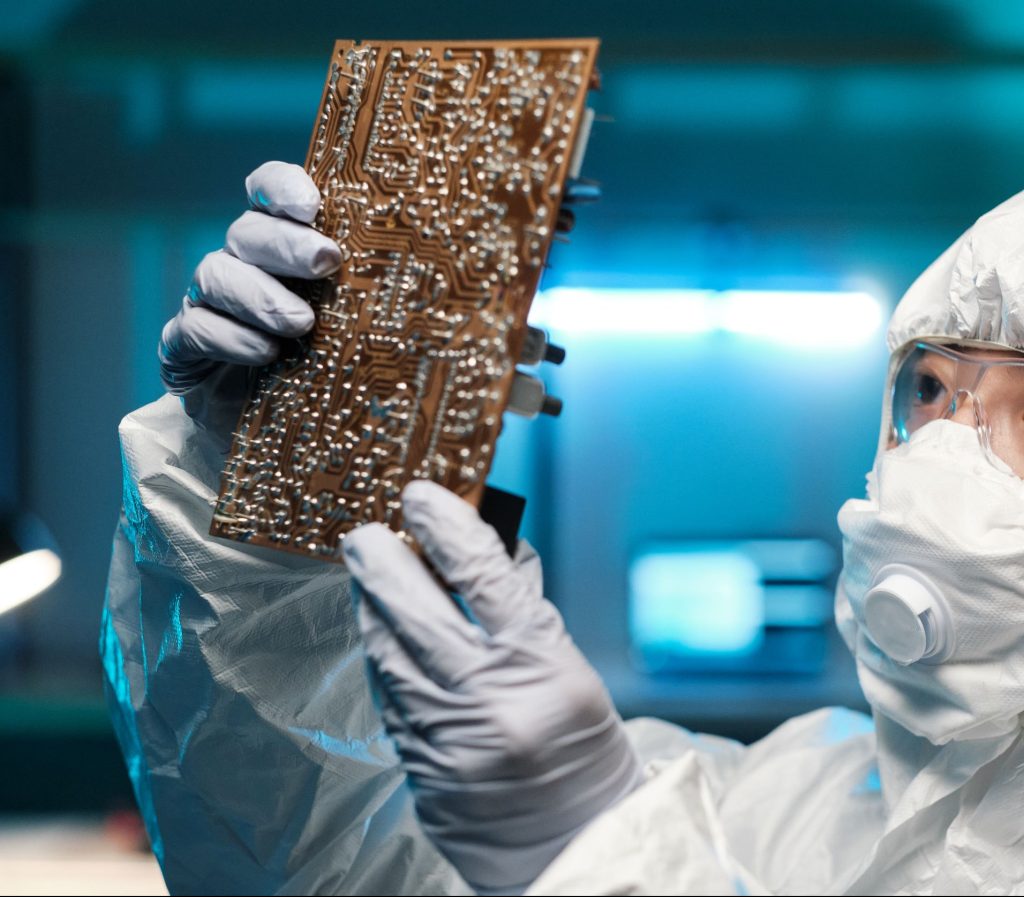PV in Mobility: Solar powered cars
The aim of the PV in Mobility project was to further explore the possibilities for solar photovoltaics (PV) in the future electric transportation sector. As the transportation transition from fossil fuels to a largely electrified sector takes place, it is expected to increase demand for electricity on the grid in the Netherlands by as much as 20%. To achieve the climate goals, the supply of this electricity must therefore come from renewable and sustainable energy sources.
It is expected that by 2025 there will be more than 50 million electric vehicles running on sustainable electricity. Together with other parties, TNO has developed software models that show that many new developments are possible by installing solar cells and solar modules on vehicles:
- driving a car up to 20,000 km per year on solar energy in sunny locations
- 150 to 200 euros in direct savings on electricity costs per year
- the possibility of not having to charge the car in the summer
- reduction of CO2 emissions by 250 kilos per year
- 23 to 40% fewer plug-ins at charging stations
- cars as a smart and integrated part of the electricity grid and the distribution network
One of the first commercial solar cars is the Lightyear 2. This self-charging car, which will be on the market in 2025, is made with our technologies. The Lightyear 0, formerly Lightyear One, was also based on this TNO innovation.
Other relevant publications
Report collection for reuse at recycling centers
This report analyzes pilot projects in the municipalities of Amersfoort and Zwolle aimed at promoting the reuse of electrical appliances through recycling centers.
Program of requirements for circular climate installations
The program of requirements for circular climate installations has been developed for housing associations and their partners to reduce the environmental impact of building-related installations.
 Read more here!
Read more here!






